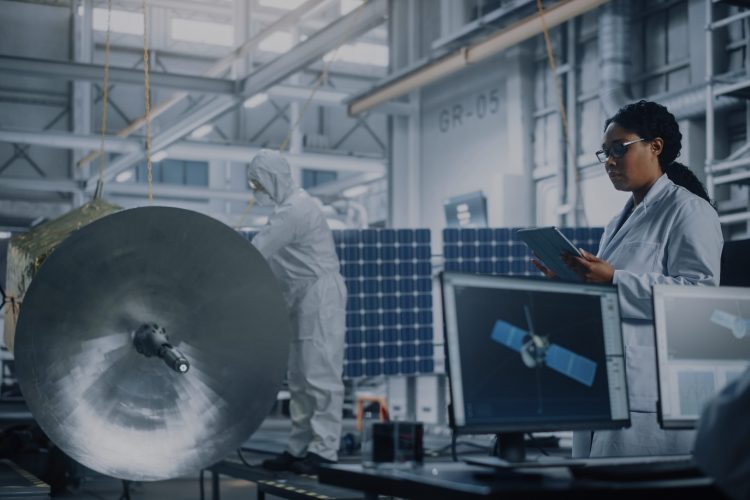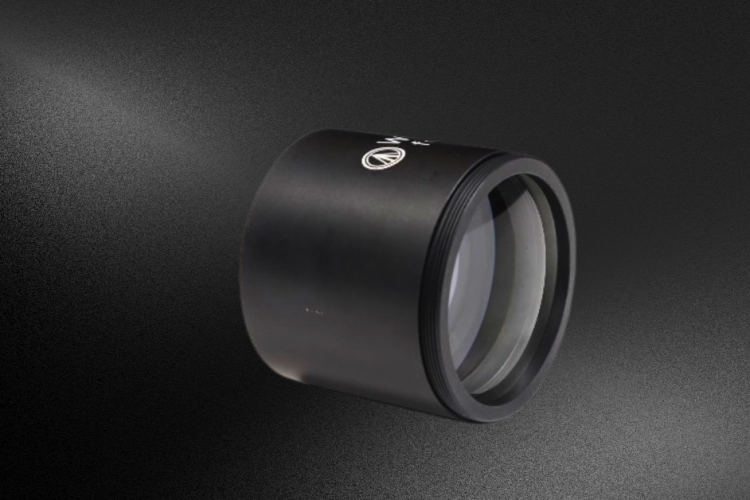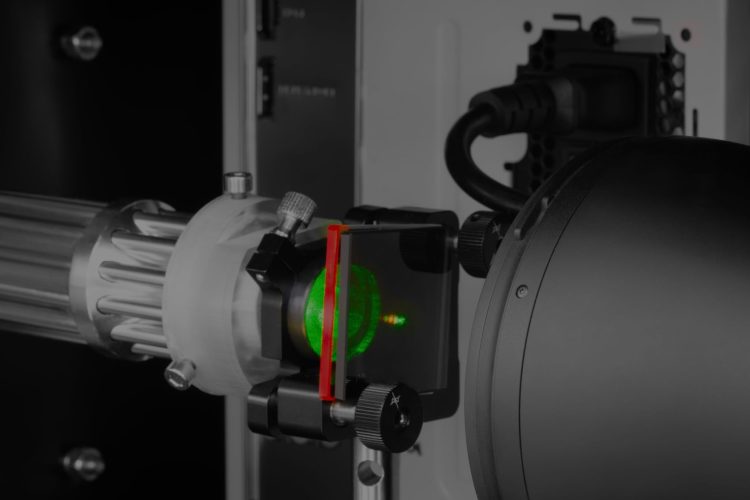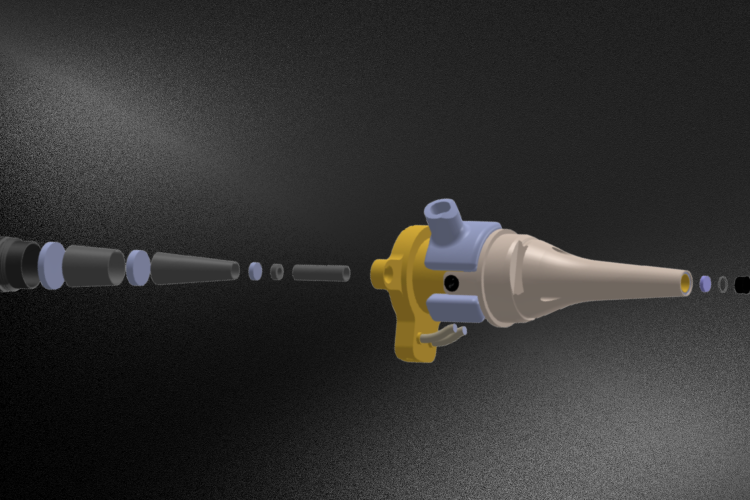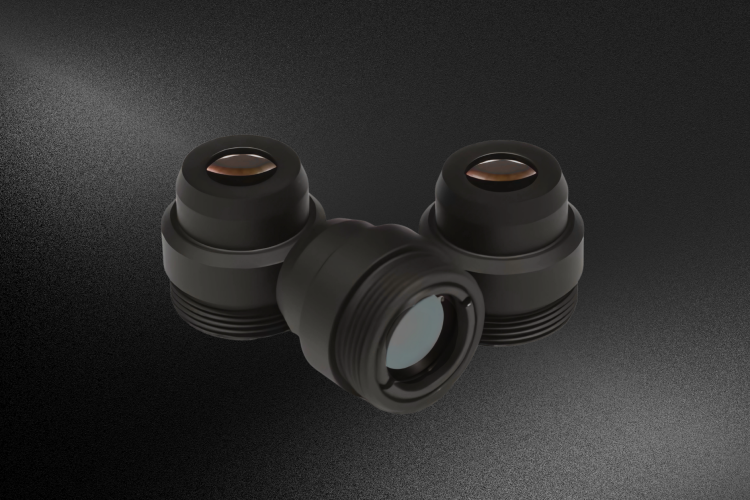What Lenses Are Best for Space Applications Requiring High Image Quality and Light Collection? Answer: The optimal choice for space-based imaging and sensing systems is the large-aperture aspherical lens. These precision-engineered optics provide unmatched aberration correction, light-gathering ability, and durability under extreme conditions such as wide temperature fluctuations, radiation exposure, and launch vibrations. Why Space […]


